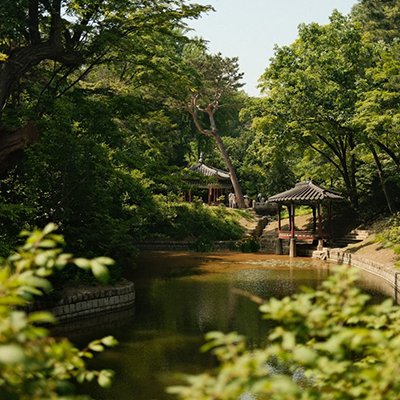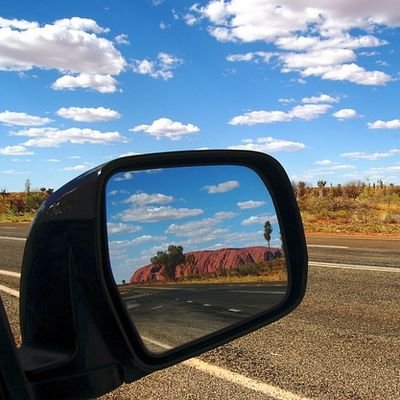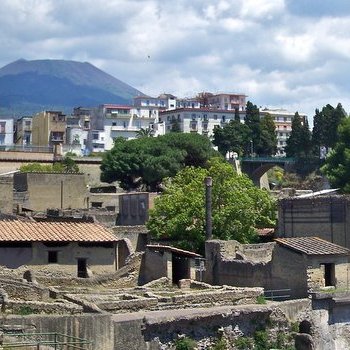Many tourists stay in the city of Meknes (a UNESCO world heritage site) to simply venture 31 km outside of the city limits to gawk at the majestic earthen remains of the ancient Berber-Roman city of Volubilis and then to head to the nearby holy city of Moulay Idriss. Having done this myself, I can assure you it's worth grabbing a taxi or taking an organized day tour to experience these historically intertwined sights. Be brave and ride a donkey from Moulay Idriss to Volubilis, or if it's not summer (you'll end up a sweaty mess), take a time-out and walk for about an hour—get a taxi back.
Volubilis, A Roman City
An impressive sight that overpowers your senses with the weight of its history: Volubilis has the most incredible features, temples, columns, and stunning mosaics scattered amongst its ruins connected by a time-worn stone-paved road. This outpost of the Roman Empire is the best preserved archaeological site in the whole of Morocco and was listed as a UNESCO World Heritage Site in 1997. It represents ten centuries of occupation from pre-history to the Islamic period, showcasing early creativity in the growth and evolution of an urban town. Once remote and isolated, it proudly sits in the heart of a flat plain at the foot of the Rif Mountains.

Volubilis is a living museum partially excavated under French rule in the 20th Century, despite the impressive size visible. Its history dates back to the Romans, about 25 BC, and is believed to have been the capital of Mauritania, ruled by Berber Prince Juba II at the behest of the Roman Emperor Augustus. Augustus also further decreed that Juba II had to marry the daughter of Cleopatra and Marc Anthony, Cleopatra Selene II. This marriage tied Rome to Morocco, carving out an export economy in olive and grain production that is evidenced in the ruins of olive presses and stone storage vats, apart from swathes of olive groves still surrounding the site.
Volubilis literally takes your breath away while meandering its rocky land and showcases the ingenuity of Roman civil engineering. You can almost hear the whispers hushly spoken in Galen's Thermal Baths (the Roman version of a Moroccan hammam). The baths had underfloor heating, a steam room, and a communal toilet! Standing on the crest of a hill overlooking the city's domain are the buildings of the Capitol, with the Basilica and Forum to the north. Stork nests now take pride of place on top of the Basilica columns that had to be rebuilt after a devastating earthquake. The location of The Triumphal Arch gives panoramic views over the entire excavation. Beautiful mosaics adorn the House of Orpheus, the House of the Acrobat, and others. Incongruously, the top of a rock plinth of the House of the Dog has a massive carved phallus—obviously a hot spot for randy warriors after battle, as it was a brothel.

Exploring Volubilis in summer when oleanders smother the burnt landscape is not ideal; the heat will get to you as much as the stones you are walking on. During spring, the land is a mass of dancing marigolds and other wildflowers surrounded by verdant green hills studded with olive trees. Go early in the morning or late in the afternoon when the sun's rays play amidst the ancient columns, giving off magical vibes. Allow a couple of hours to really appreciate the site where, for over 700 years, it was a caldron of Latin-speaking tongues—Africans, Spaniards, Syrians, Christians, Muslims, and Jews.
It’s believed that the building materials for the holy city of Moulay Idriss were sourced from the same area Volubilis sits on.
Moulay Idriss, The Holy City
The aromas of olive and almond trees waft in the air over this holy city built around the foothills of Mount Zerhoun. A haven for nature-loving souls, history buffs, and wine connoisseurs, the small city clings to a hill in a patchwork warren of narrow roads and skinny stairways. Whitewashed buildings dotted with blue walls create a stark mural against the lush green hillsides. Moulay Idriss—Morocco's first Islamic ruler, after which the town is named—is the man who brought Islam to western Maghreb. A pilgrimage site for many, it's believed that six trips to Moulay Idriss during a lifetime equals the Haj journey to Mecca.
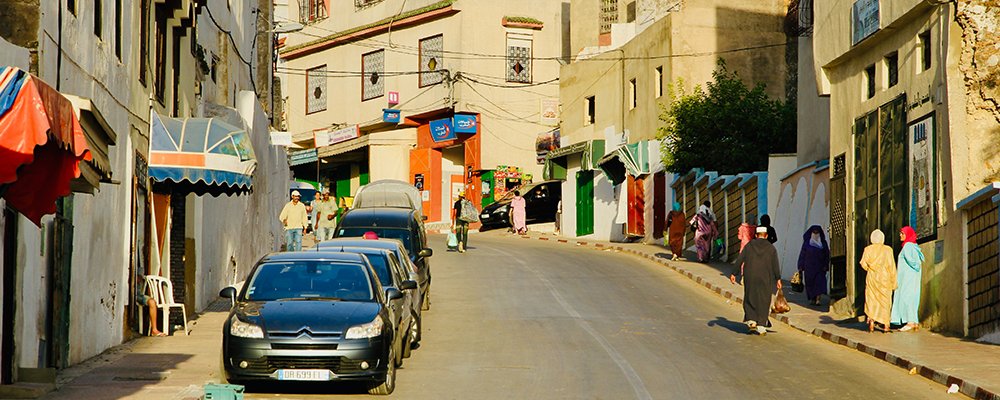
You won't find many accommodations, as it wasn't until 2005 that travelers were allowed to stay overnight in the town. Moulay Idriss is not a bustling city of tourists and is not on the radar of many Moroccan wanderers. It's the perfect space to take a deep breath and soak up the local culture and traditions at your own pace in a serene setting, with the only startling noise being the braying of overladen donkeys trudging up worn steps or the calling out for prayers from the round minaret, the only one of its kind in the whole of Morocco.
Most people will be in the bustling market square, where you can slowly sip mint tea and watch the passing parade of flowing robes as the aroma of baking bread in communal ovens wafts over you. Or visit the oldest traditional Moroccan bathhouse for the 'real' experience of being slapped and slathered in a traditional hammam. Poke your nose into the quiet, shaded laneway leading to the Mausoleum of Moulay at the top of the main square—non-Muslims are not allowed to enter the mausoleum. Laneways are a picture of artisan shops where locals gather on corners using a flurry of hand movements while gossiping.
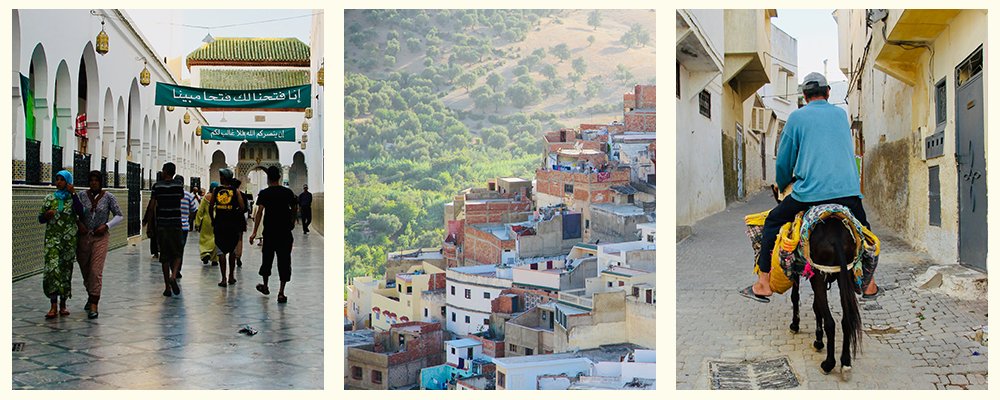
It's a surreal step back in time that can be slowly savored at the Scorpion House Restaurant, resting on the hilltop with a panoramic outlook. A coveted dining spot that must be booked in advance, it's a tantalizing taste of the local cuisine—think Berber-Mechouia-style lamb, date-stuffed rabbit, and merguez sausage, plus the iconic olives from Volubilis.
Gail Palethorpe, a self proclaimed Australian gypsy, is a freelance writer, photographer and eternal traveller. Check out her website Gail Palethorpe Photography and her Shutterstock profile.



